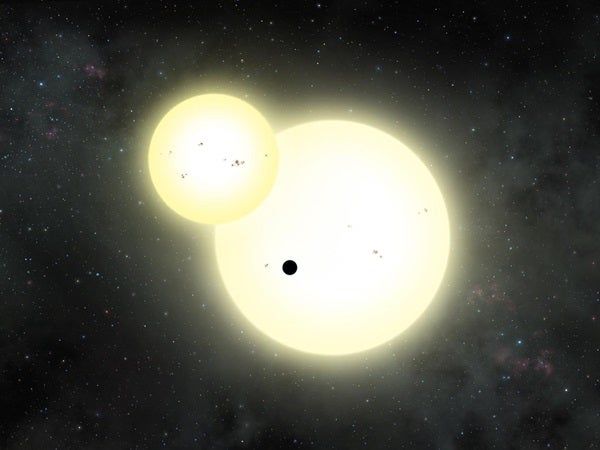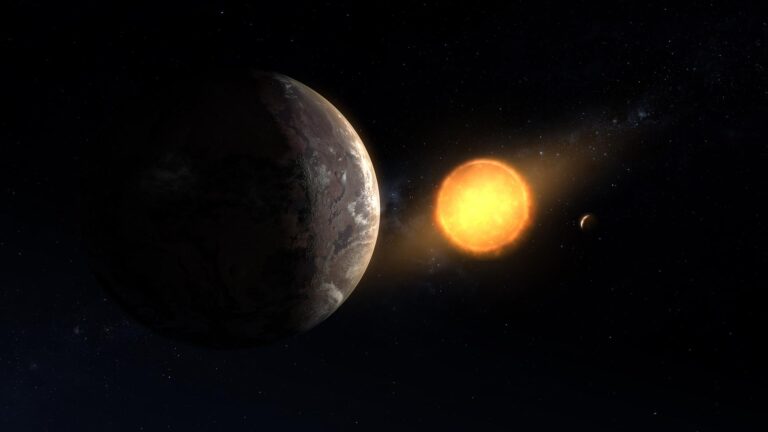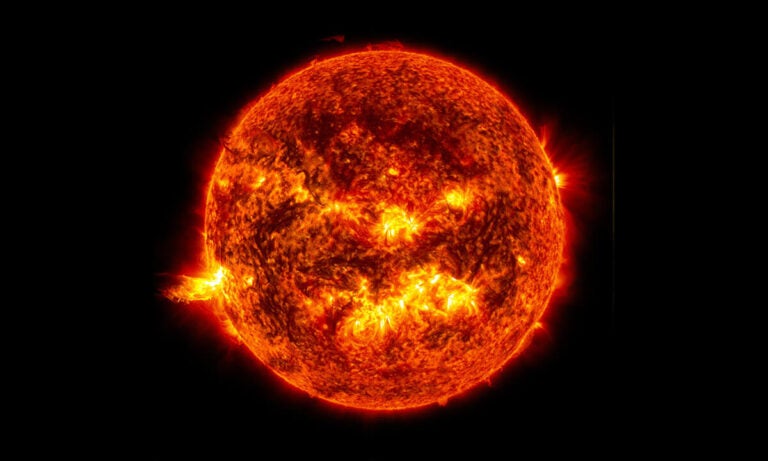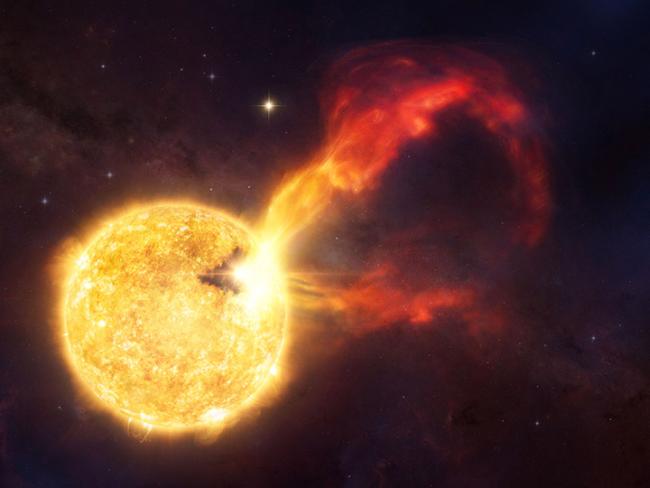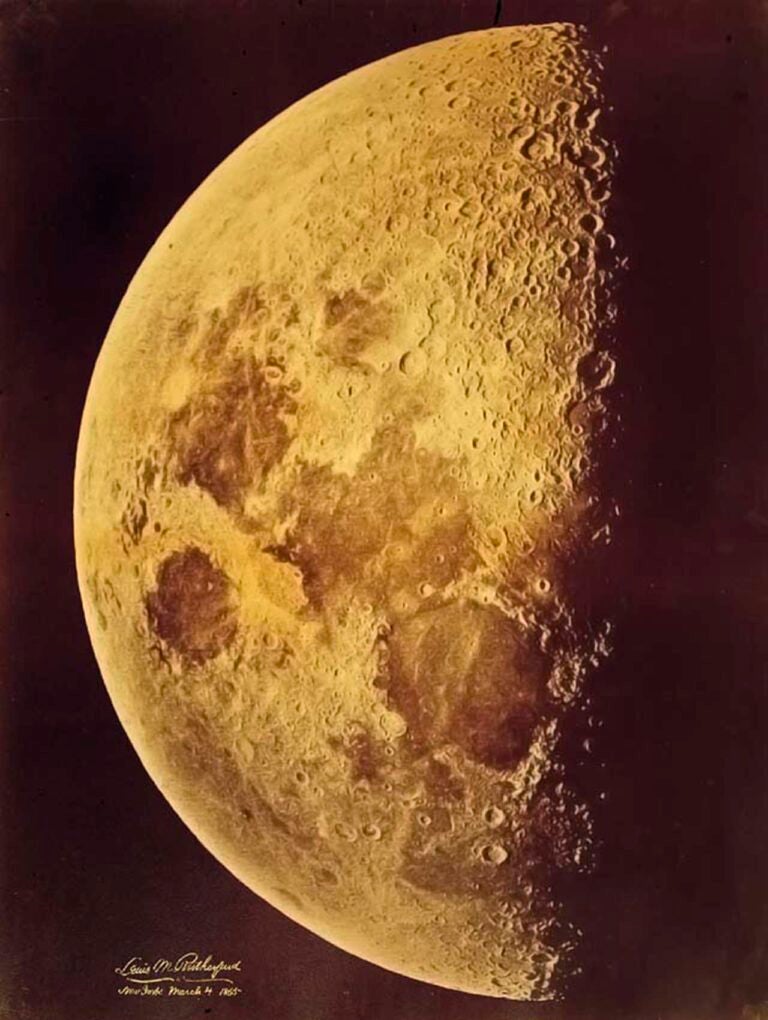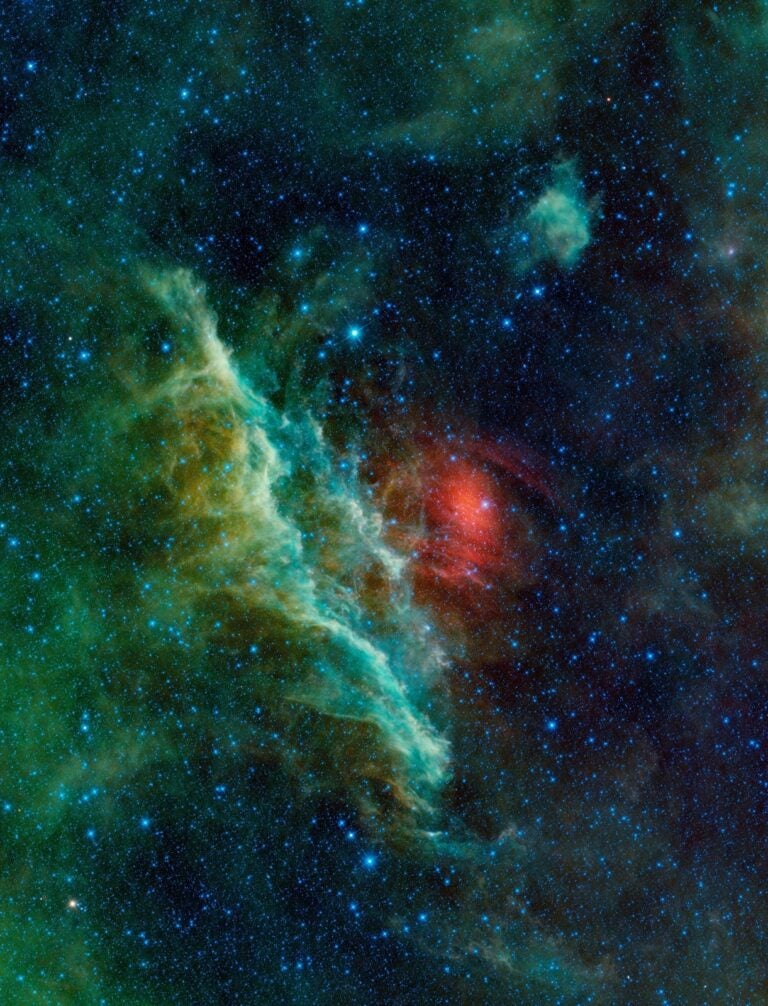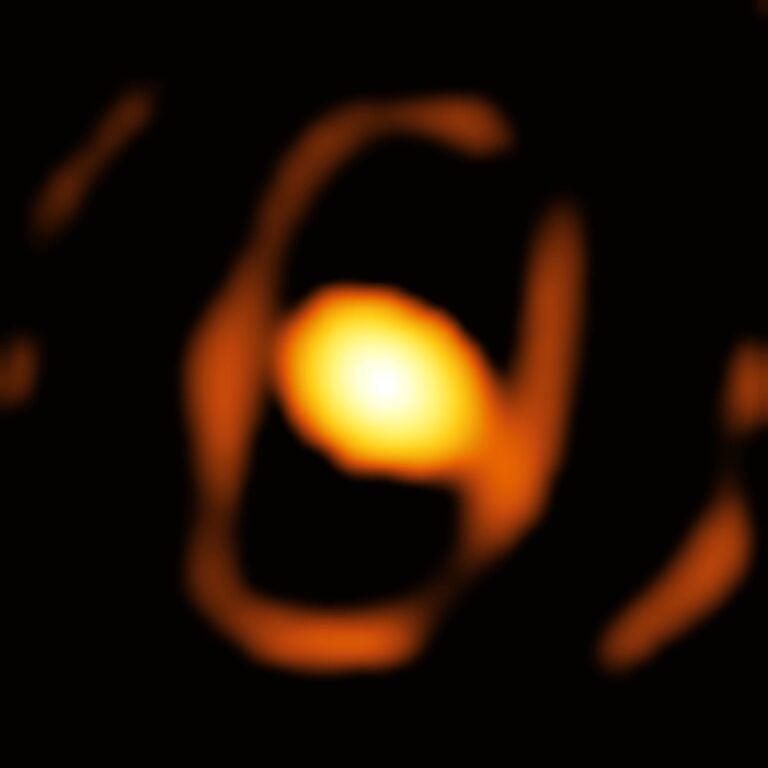With two stars at its center, the newest exoplanet Kepler-1647b, has two suns like Tatooine, the fictional home of Luke Skywalker from Star Wars. This isn’t the first exoplanet found to orbit two stars, but is now the largest found to date.
In a new publication found in the Astrophysical Journal, Dr. Veslin Kostov, a researcher at NASA’s Goddard Space Flight Center, and his team have announced the discovery of the largest exoplanet to orbit two stars in the constellation Cygnus, Kepler-1647b.
Utilizing NASA’s Kepler Space Telescope, Kostov and his team noticed the exoplanet’s transit back in 2011. Further data accumulation and testing was needed to confirm that this irregular transit pattern, caused by the binary star system, was indeed an exoplanet transit.
“Now when you have a binary star system the curves or dips gets a lot more complicated because the geometry becomes more complicated,” says Jerome Orosz, a professor at San Diego State University on planetary transits. “Their occurrences are not necessarily periodic and so it’s a lot harder.”
With the help of amateur astronomers from the Kilodegree Extremely Little Telescope (KELT) Follow-Up Network, a robotic telescope in South Africa, Kostov and his team were able to estimate the mass of the exoplanet.
“[KELT] provided follow-up observations of eclipses,” says Orosz on the eclipsing of the two stars. “When you have more data you get more accuracy on your orbital periods and orbital properties.”
Kepler-1647b is significant because of its large size as well as its large orbit. From their observations, the team was able to determine Kepler-1647b has around the same mass and radius as Jupiter and an orbital period of 1,107 days (a little over 3 years). All the other circumbinary exoplanets Kepler has detected are Saturn-sized or smaller with closer orbits to their binary stars.
It is roughly the same age as the Earth at approximately 4.4 billion years and lies 3,700 light-years away. Kepler-1647b is also interesting in that it lies in its host stars habitable zone, which is very characteristic of binary star systems and their planets. As it is Jupiter-like, the planet itself is not habitable, but there is a strong possibility of life forming on its moons.
“If the satellite is big enough it could have its own atmosphere, kind of like Titan,” says Orosz. “So the satellite would have a solid surface and it would be in the habitable zone.”
The next step for this team is to use NASA’s new Transiting Exoplanet Survey Satellite (TESS) being launched in 2017 to continue to look for more binary star systems with exoplanets.This satellite is similar to NASA’s Kepler Telescope except that TESS will be monitoring the entire sky, not just one small piece.
“Given the shear size of the expected TESS data set, we should find at least a few circumbinary planets there,” says Orosz. “So that’s what’s coming up in the next two or three years.”

